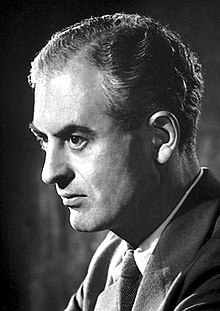Selection shadow
Over generations, this results in maladaptive mutations that accumulate later in life due to aging being non-adaptive toward reproductive fitness.
[1] The model developed by Medawar states that due to the dangerous conditions and pressures from the environment, including predators and diseases, most individuals in the wild die not long after sexual maturity.
Due to the fitness of an individual not being affected once it is past its reproductive prime, later mutations and effects are considered to be in the "shadow" of selection.
At the same time, however, this requirement has been challenged by increasing evidence of senescence being more common in wild populations than previously expected, especially among birds and mammals, while the effects of the selection shadow remain present.
This theory follows the work of August Weismann, which states that aging specifically evolved as an adaptation, and disagrees with Medawar's model as a perceived oversimplification of the impact older organisms have on evolution.

